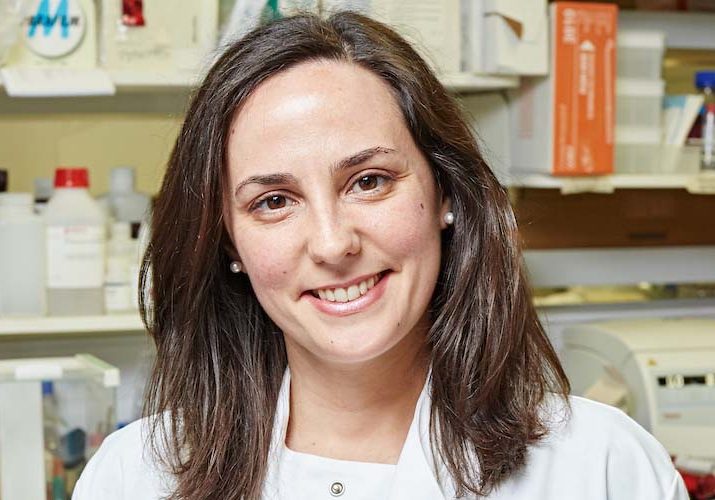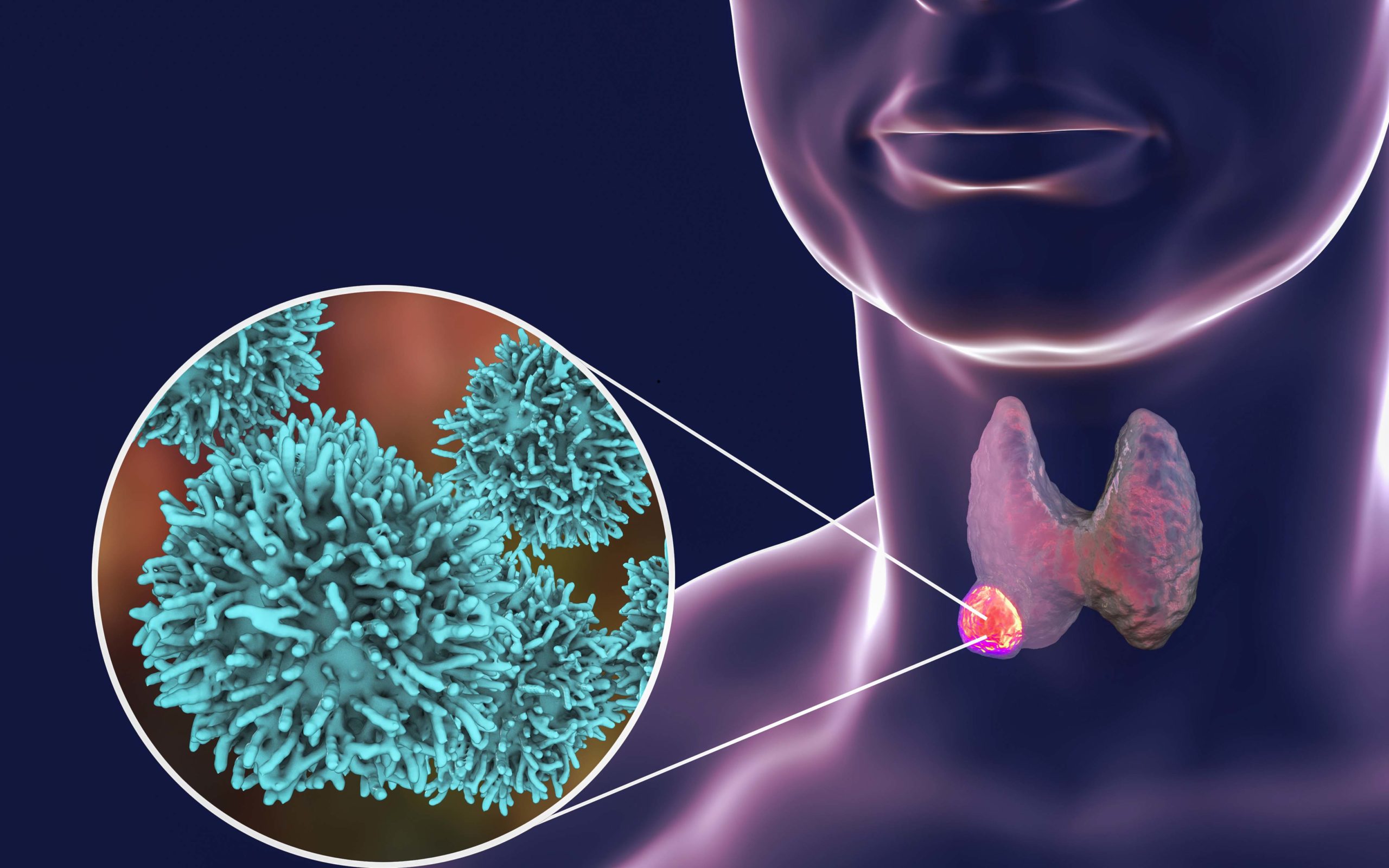Targeting intracellular inate immune signalling in head and neck and thyroid cancers (STING)

Project type:
Project
Project Leader:
Dr Malin Pedersen
Researcher:
Eva Crespo Rodriguez
Commencement date:
February 2019
Length of project:
1 year - Delayed due to COVID-19
Funding provided:
£115,782
Funder:
Oracle Cancer Trust
Location:
The Institute of Cancer Research
Head and neck squamous cell carcinoma (HNSCC) affects around 600,000 patients per year worldwide with approximately half of all patients dying as a result of the disease.
HNSCC exists as two biologically distinct entities, HPV-negative and HPV-positive disease. HPV-negative disease is largely associated with smoking and alcohol consumption, while HPV-positive disease is associated with infection of the oropharynx region by high-risk subtypes of the human papilloma virus. Improved prognosis for HPV-positive patients means a focus is placed on de-escalation of treatment to avoid debilitating treatment-related consequences. Conversely HPV-negative disease has unacceptably poor outcomes even with current intensive treatments.
The incidence of thyroid cancer is growing at a faster rate than any other malignancy, with more women than men being affected. Radioiodide-refractory differentiated thyroid cancers (RAI-R DTC), poorly differentiated thyroid cancers (PDTC) and anaplastic thyroid cancers (ATC) are highly aggressive and frequently lethal. For these patients, there are few available effective treatment options and efforts in our laboratory are focused on testing novel immunotherapies.
Immunotherapies utilise the specificity and power of the body’s immune system to target and destroy cancer cells. Our research focuses on identifying which molecules and cells in the immune system are best to target in order to increase the ability of the immune system to fight the cancer.
Radiotherapy is a key part of standard-of-care treatment for HNSCC. It has long been known that it can activate an immune response. The reasons behind this are poorly understood and this immune response is clearly not effective in all cases at triggering sustained anti-tumour immunity on its own.
Recent evidence indicates that radiation triggers activation of the intracellular cGAS-STING pathway, which can lead to a potent, interferon-mediated anti-tumour immune response. DNA is normally only present in the nucleus of cells, but may appear in the cytoplasm due to viral infection or damage to the host cell genome by radiotherapy. The abnormal presence of cytoplasmic DNA is detected by cGAS. This activates STING signalling to stimulate cytokine production originating from the tumour (and normal immune) cells.
In thyroid cancer, radiotherapy is not commonly used, and therefore is of little clinical relevance for the study of intracellular immune responses driven by cGAS-STING. However, drugs that directly activate STING (referred to as STING agonists) are now being developed as a new class of cancer therapeutics. This direct drug activation of STING may be a novel approach for thyroid cancer capable of mimicking the signalling triggered by radiotherapy in HNSCC.
This project aims to investigate and compare cGAS-STING signalling and STING agonists in HNSCC and advanced thyroid cancers.

Help fund this project
For more information on funding our Research Projects please email us
Donate now and together we can save more lives by beating cancer sooner.


